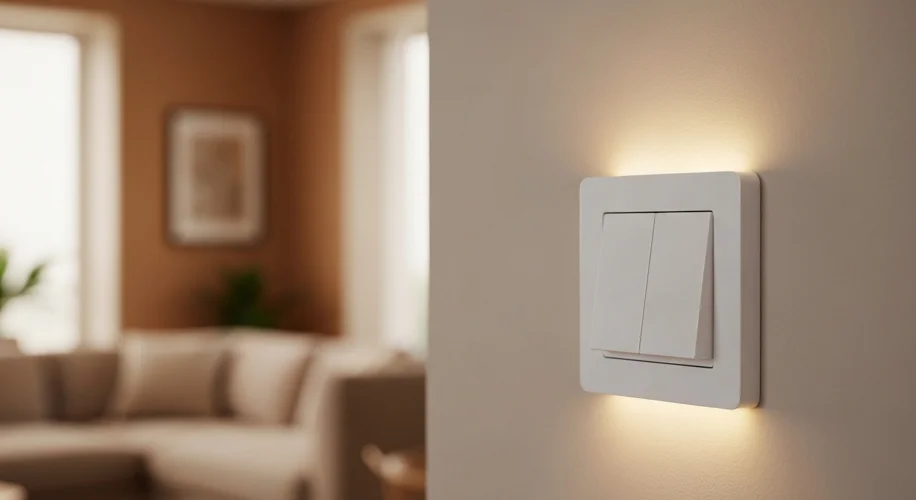It can be frustrating when a smart home device you rely on starts acting up. If your smart switch keeps cutting out every few days and needs a quick power cycle to get going again, you’re probably wondering if the switch itself is faulty or if it’s a settings issue. It’s a common problem, and we can definitely figure out what might be going on.
When a smart switch repeatedly loses connection or stops responding, it often points to a few key areas. Let’s break down some of the most likely culprits:
1. Power Supply and Wiring:
Smart switches, like any electrical device, need a stable power source. A loose wire connection in the wall box, either at the switch itself or at the other end of the circuit, can cause intermittent issues. Over time, vibrations or even slight shifts in the house can loosen these connections. Also, ensure the switch is rated for the load it’s controlling. An overloaded circuit or a switch that’s not designed for the specific type of bulb (like some dimmable LEDs not playing nicely with older switches) can cause overheating and erratic behavior.
2. Network Connectivity:
Most smart switches rely on Wi-Fi or a dedicated smart home hub to communicate. If your Wi-Fi signal is weak or unstable in the location of the switch, it can lead to dropped connections. Obstructions like thick walls, metal appliances, or even other electronic devices emitting interference can weaken the signal. Try moving your Wi-Fi router closer or consider a Wi-Fi extender if the signal is generally poor in that area of your home. If your switch uses a hub, ensure the hub itself has a stable connection to your network.
3. Device Overheating:
Electrical devices generate heat, and smart switches are no exception. If the switch is installed in an enclosed space without adequate ventilation, or if it’s controlling a high-wattage appliance, it might be overheating. When devices overheat, they can shut down temporarily to protect themselves, which sounds exactly like what you’re experiencing. Make sure the switch is installed in a standard-sized junction box and isn’t smothered by insulation or other wires.
4. Firmware and Software Glitches:
Like any piece of technology, smart switches have firmware that can sometimes develop bugs or glitches. Manufacturers occasionally release updates to fix these issues. Check the smart device’s app for any available firmware updates for your switch. Sometimes, a simple factory reset of the device and re-pairing it with your network can clear out persistent software problems.
5. Device Age and Fault:
While it’s often not the first thing we consider, electronic devices do have a lifespan. If the switch is several years old, it’s possible that internal components are starting to fail. However, given that a mains power reset temporarily fixes it, it leans more towards an external factor like power, network, or overheating before assuming the device is completely dead.
What to do next:
Start by checking the physical connections if you’re comfortable doing so, ensuring everything is tight and secure. Then, focus on your home network – check your Wi-Fi signal strength in that room. Look for firmware updates in the device’s app. Finally, consider the environment around the switch – is it well-ventilated? By systematically checking these points, you should be able to pinpoint the cause of your smart switch’s recurring hiccups and get it back to reliably controlling your lights, fans, or whatever it manages!

